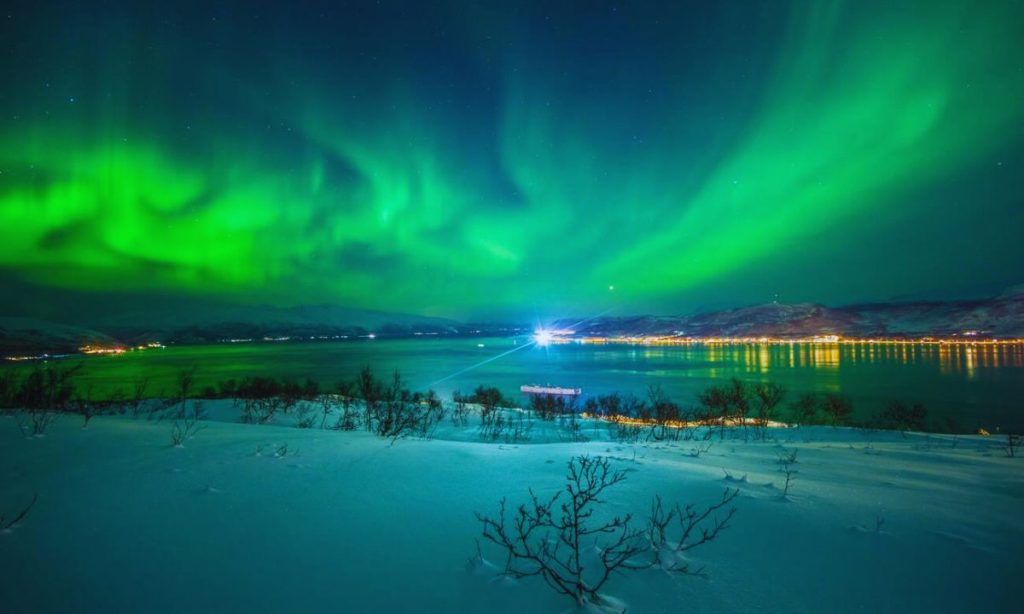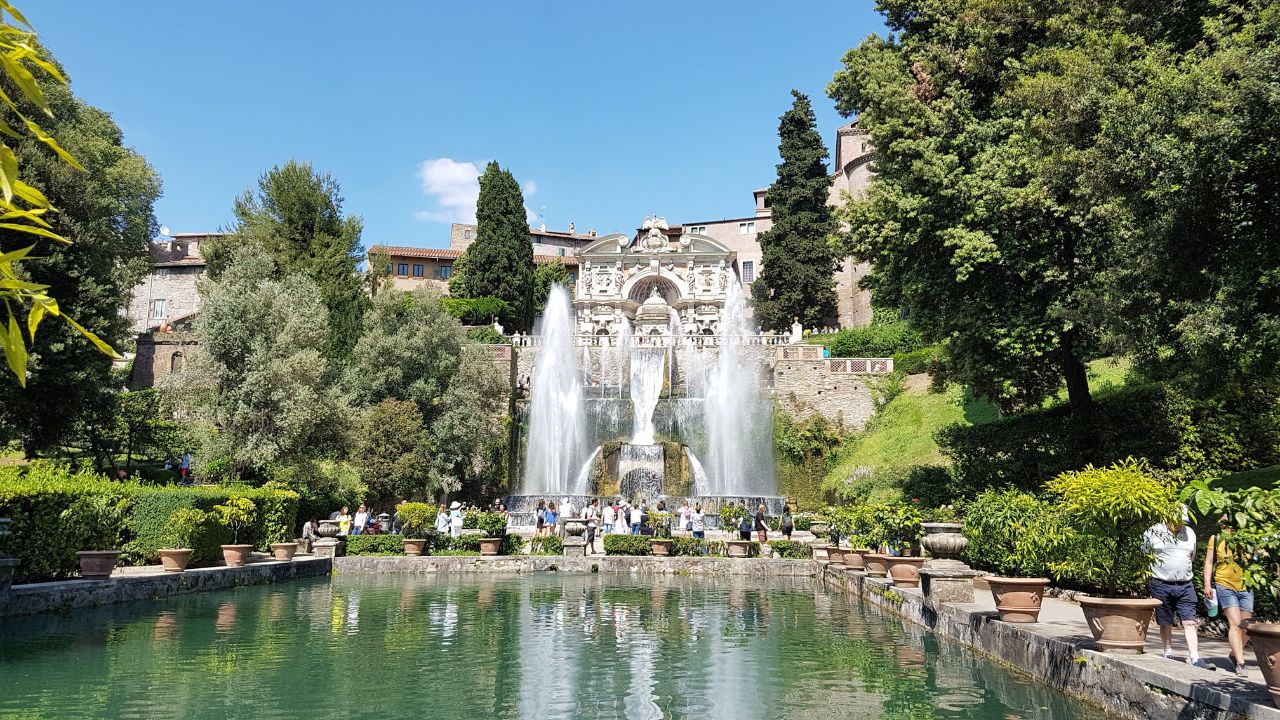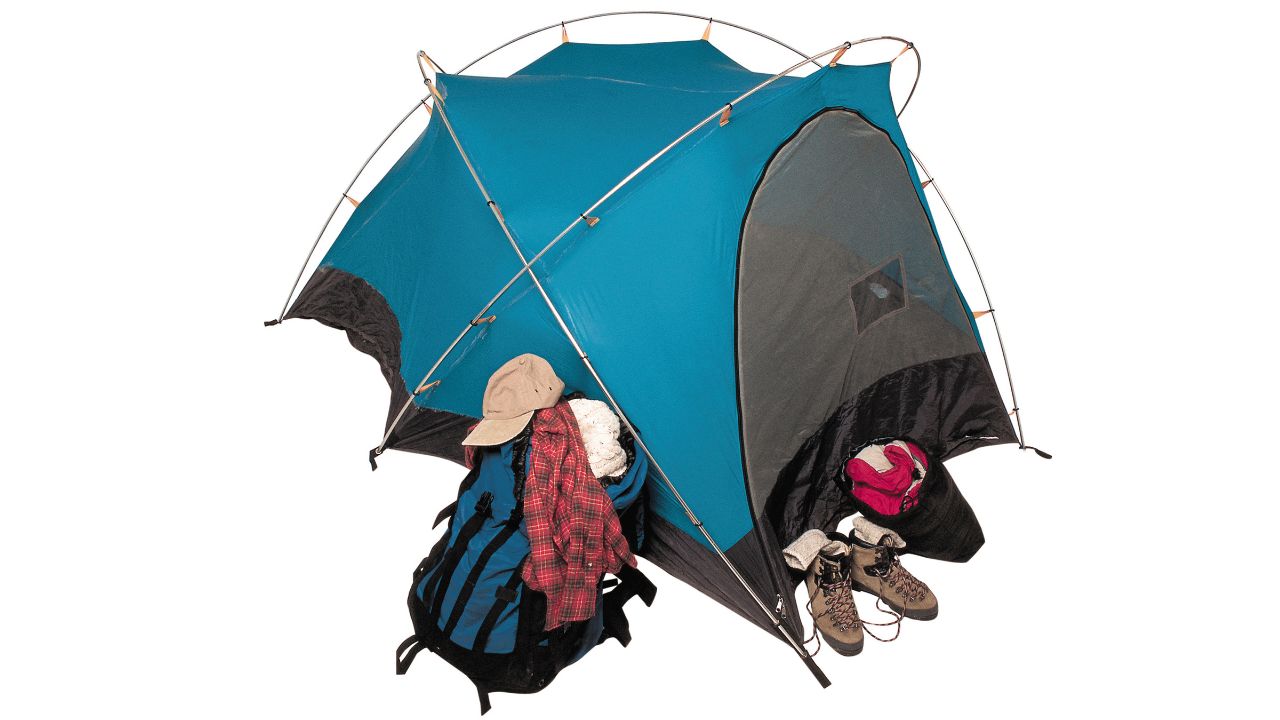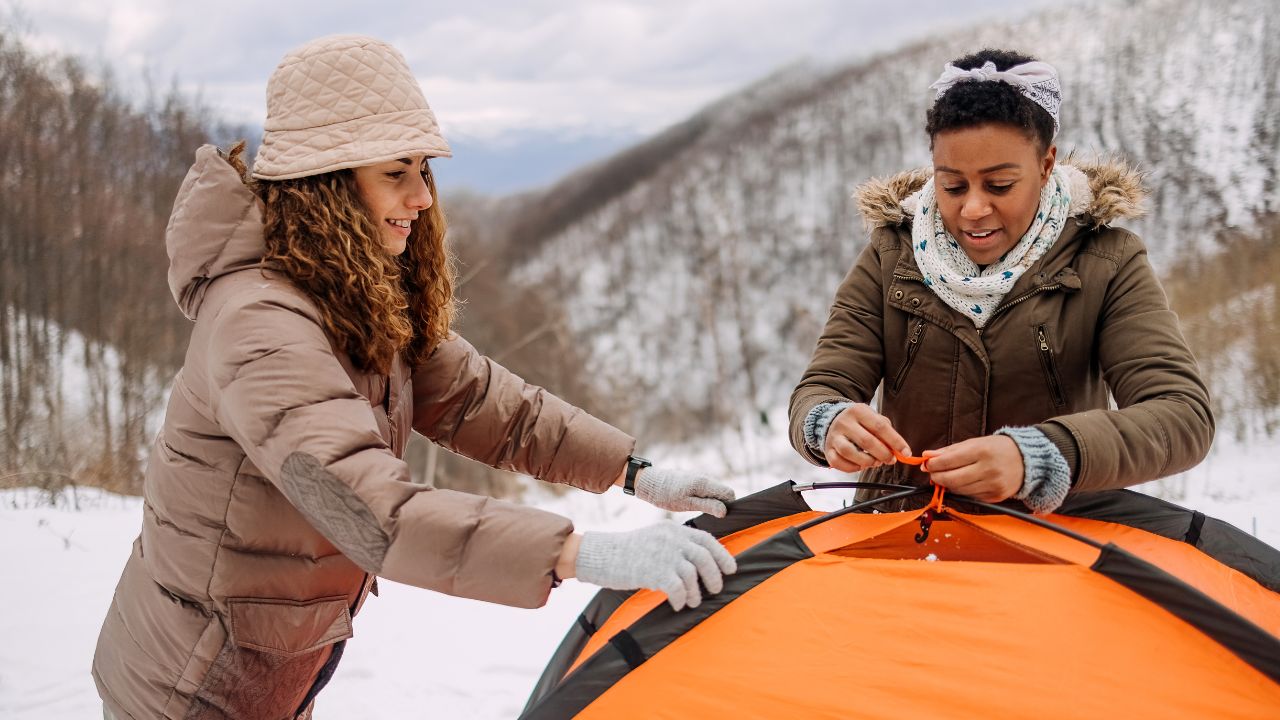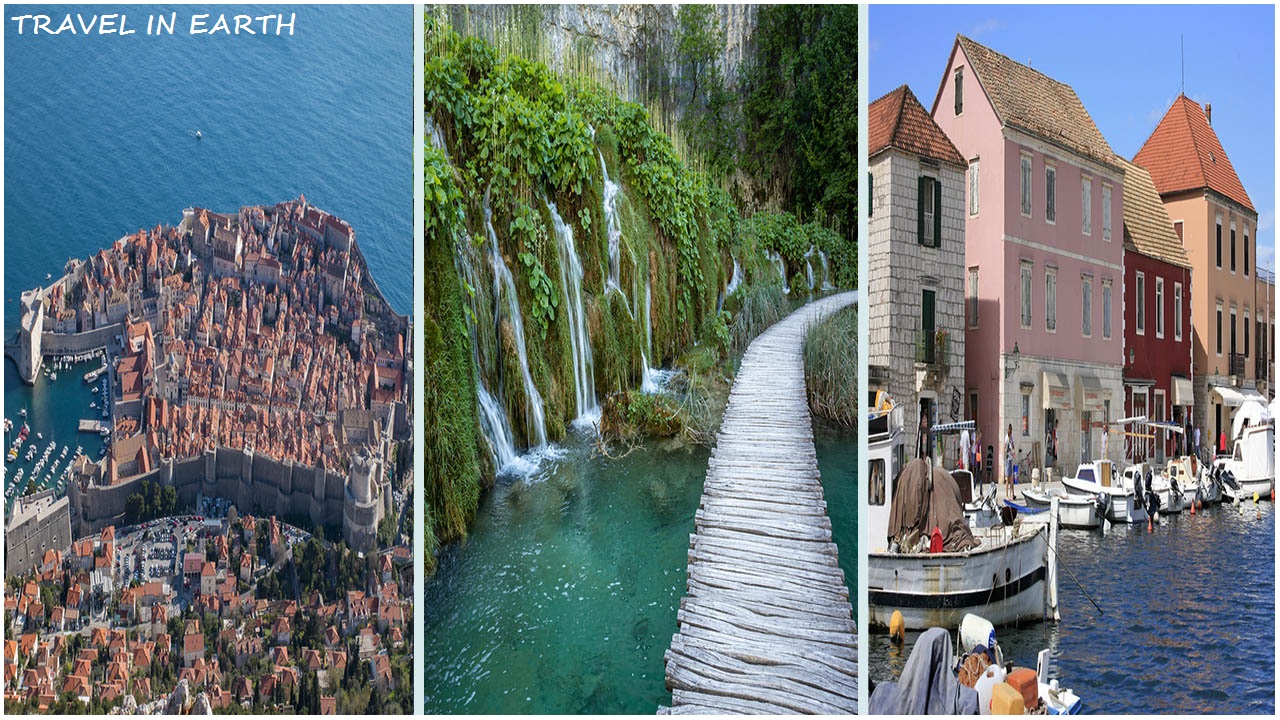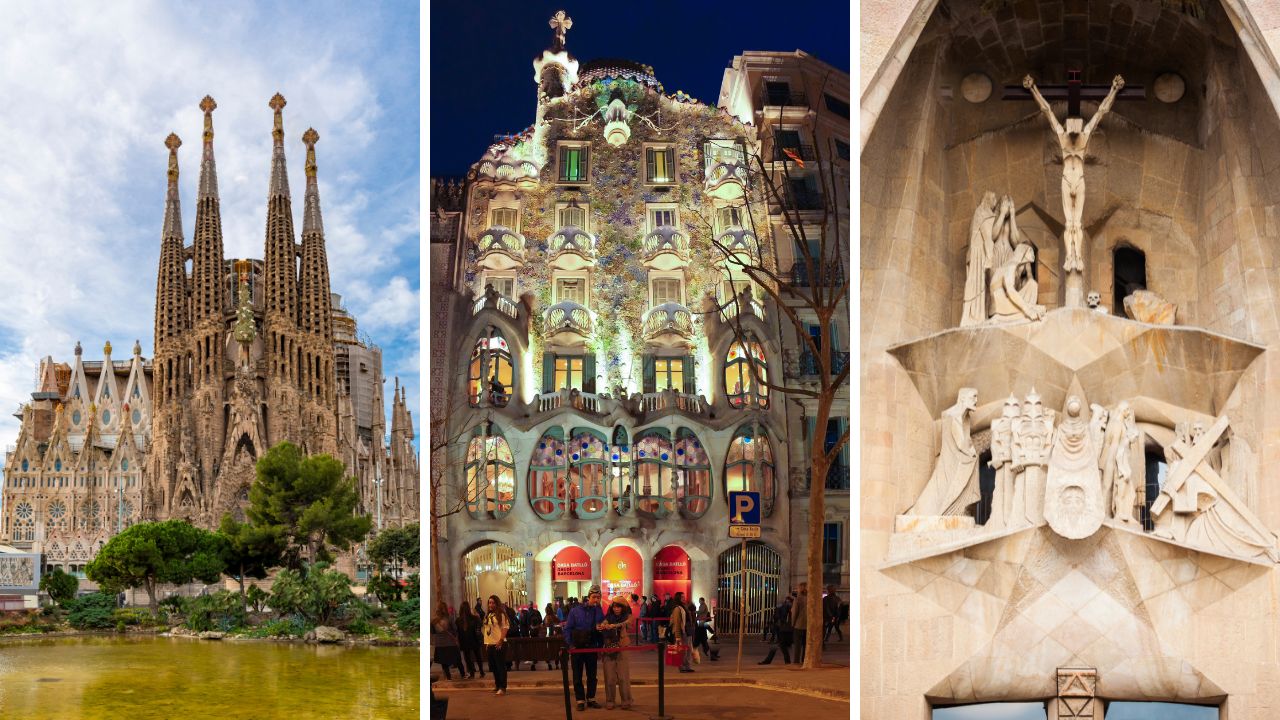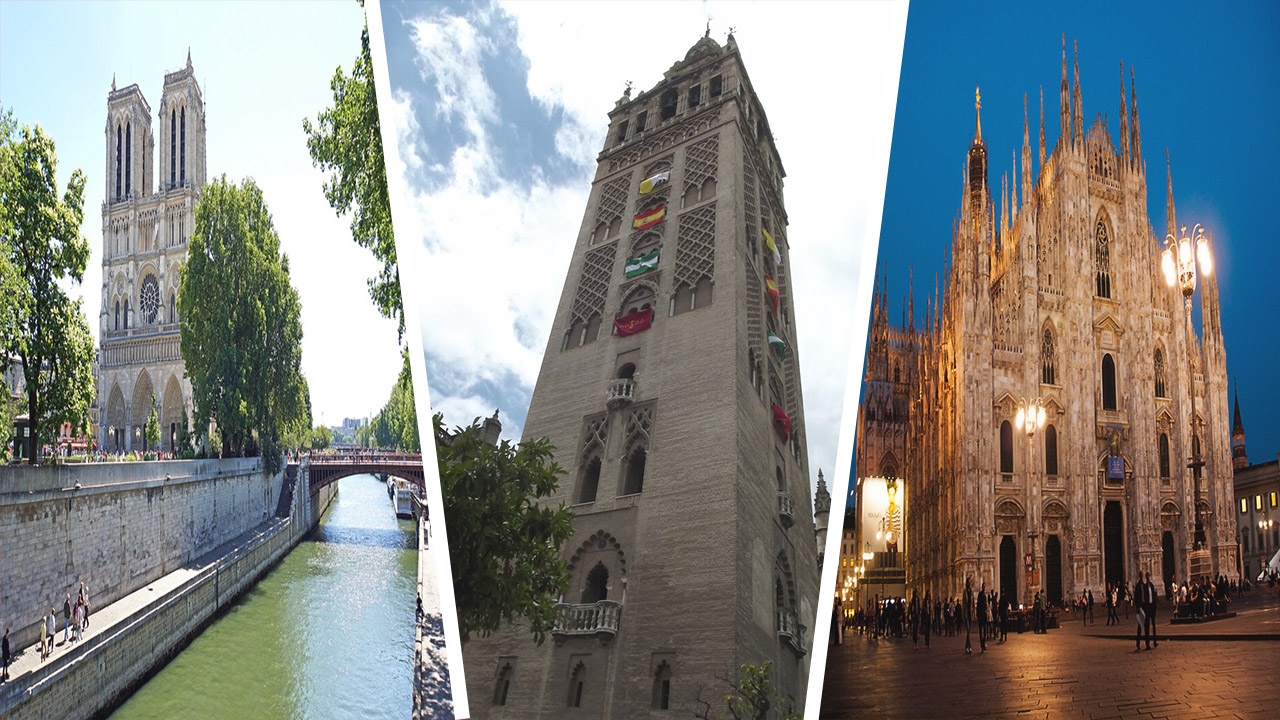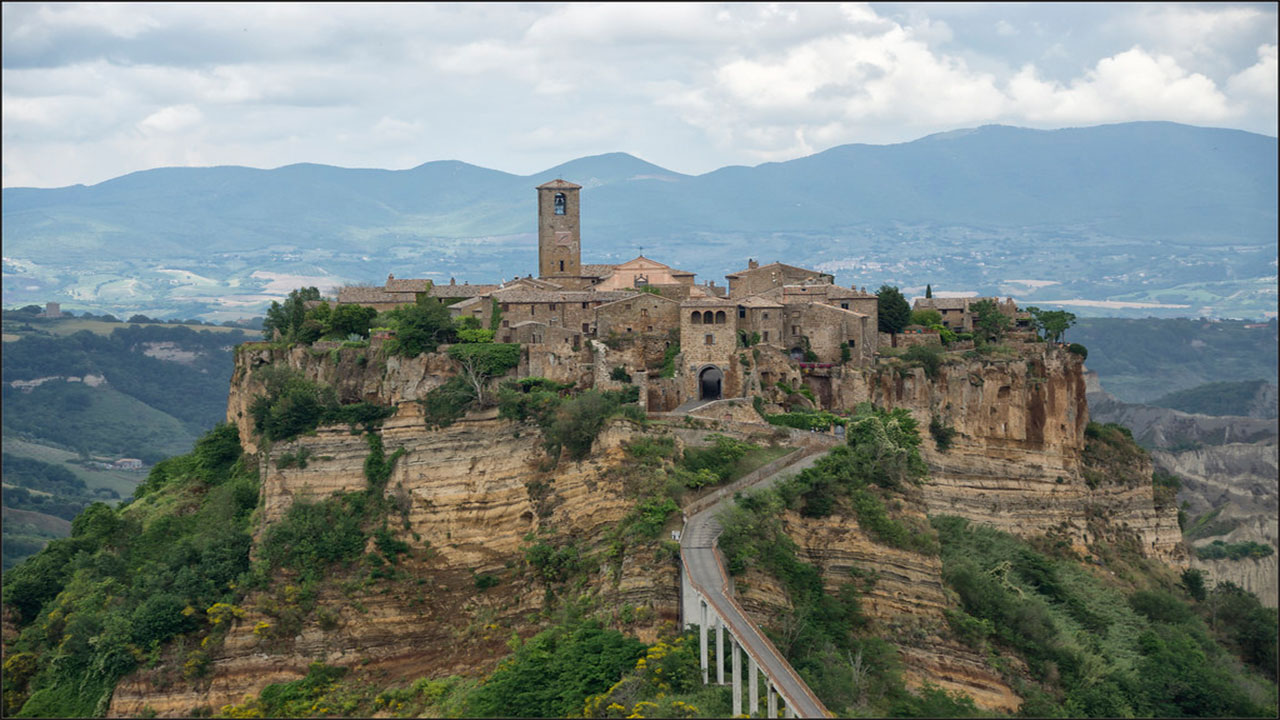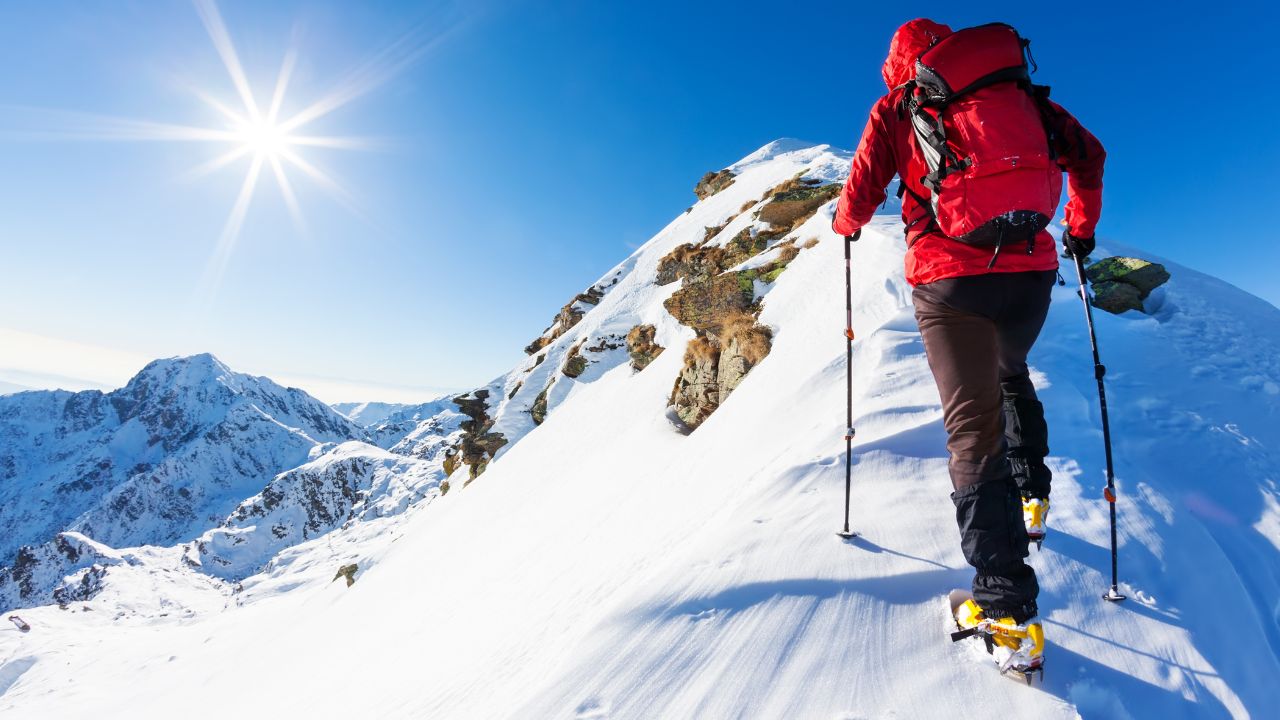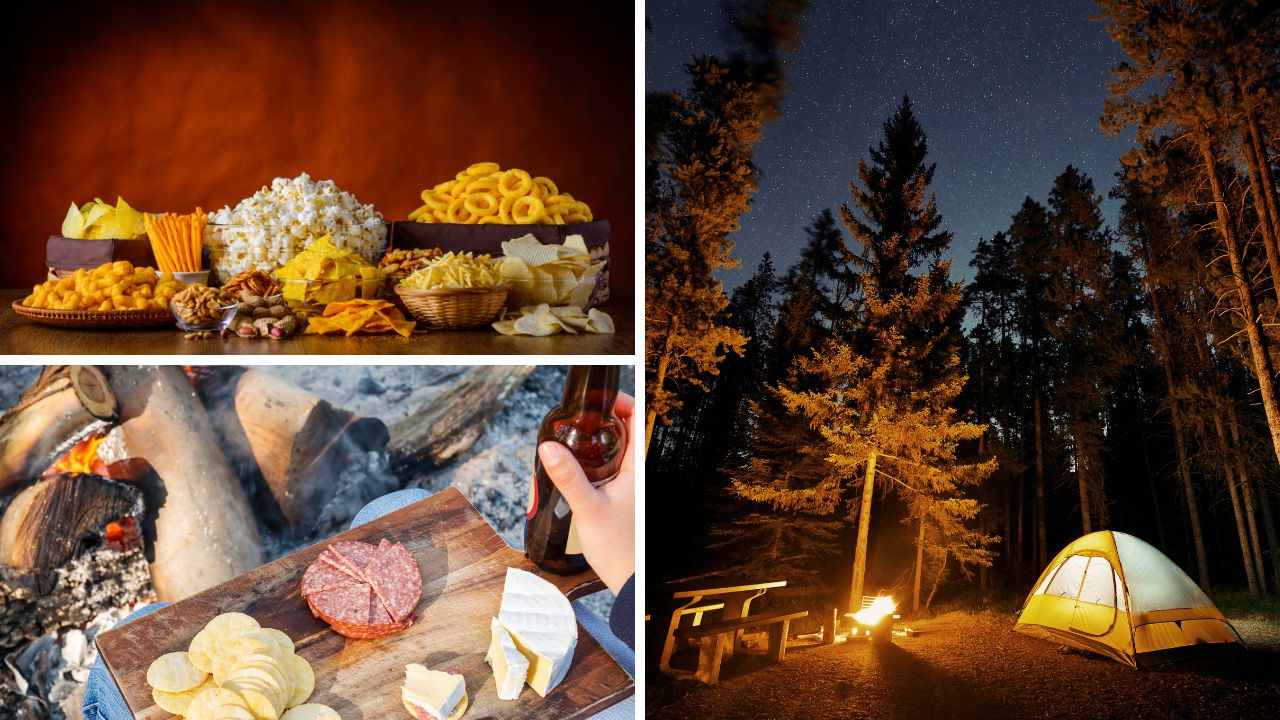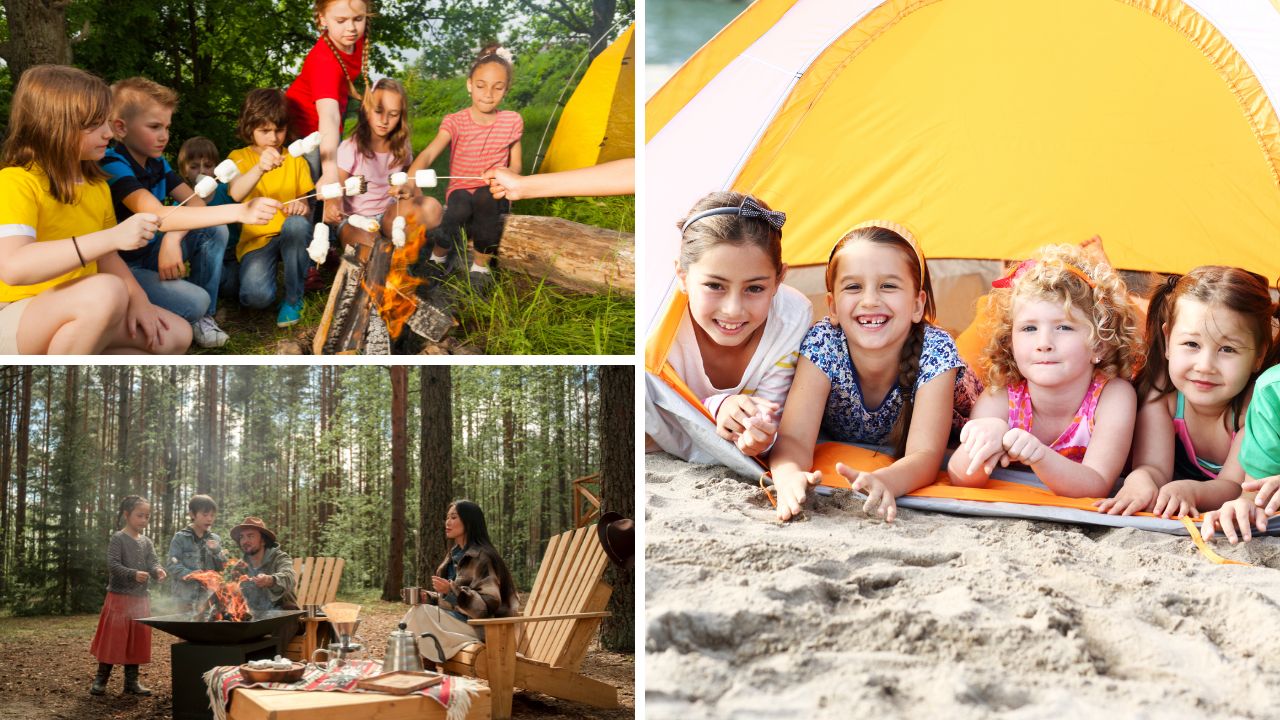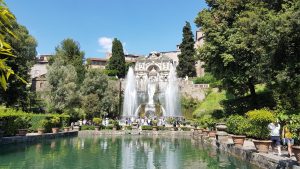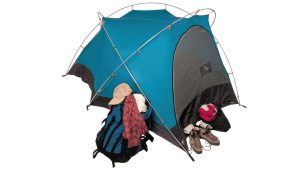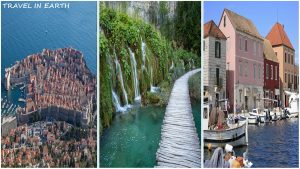Norway, a land of breathtaking natural beauty and rich cultural heritage, offers a wealth of experiences for travelers. From its stunning fjords and northern lights to vibrant cities and historic sites, Norway has something for everyone. This article will guide you through the 20 best things to do in this Nordic wonderland, helping you plan an unforgettable Norwegian adventure.
Norway, located in Northern Europe, is known for its dramatic landscapes, Viking history, and modern Scandinavian culture. With a population of just over 5 million people, Norway offers visitors a unique blend of natural wonders and urban experiences. Whether you’re an outdoor enthusiast, a history buff, or a culture seeker, Norway’s diverse attractions will captivate you.
In this article, we’ll explore the top 20 activities and destinations that showcase the best of Norway. From hiking in its national parks to exploring its charming cities, these experiences will give you a deep appreciation for this remarkable country. So pack your bags, grab your camera, and get ready to discover the magic of Norway!
Now, let’s dive into the 20 best things to do in Norway:
1. Cruise the Fjords
Norway’s fjords are its most famous natural attraction, and for excellent reason. These deep, narrow inlets carved by glaciers offer some of the most spectacular scenery in the world. The most popular fjords include:
- Geirangerfjord: A UNESCO World Heritage site known for its steep cliffs and cascading waterfalls.
- Nærøyfjord: Another UNESCO-listed fjord, often called the narrowest and most beautiful branch of the Sognefjord.
- Lysefjord: Home to the famous Preikestolen (Pulpit Rock) and Kjeragbolten.
You can explore the fjords by taking a cruise, kayaking, or hiking along their shores. Each method offers a unique perspective on these natural wonders. Cruises range from short-day trips to multi-day journeys, allowing you to see multiple fjords and coastal villages.
2. See the Northern Lights in Tromsø
Tromsø, known as the “Gateway to the Arctic,” is one of the best places in the world to witness the aurora borealis, or northern lights. This natural light show is visible from late September to late March, when the nights are long and dark.
Tromsø offers various ways to experience the northern lights:
- Guided tours: Experts take you to the best viewing spots away from city lights.
- Aurora Camps: Spend the night in a remote location for optimal viewing.
- Cruises: For a unique perspective, look at the lights from the water.
Besides northern lights viewing, Tromsø also offers attractions like the Arctic Cathedral, the Polaria aquarium, and the world’s northernmost botanical garden.
3. Hike to Preikestolen (Pulpit Rock)
Preikestolen, or Pulpit Rock, is one of Norway’s most famous natural landmarks. This flat-topped cliff rises 604 meters (1,982 feet) above Lysefjord, offering breathtaking views of the surrounding landscape.
The hike to Preikestolen is:
- 8 kilometers (5 miles) round trip
- Moderately difficult
- Usually takes 4-5 hours.
The trail is well-maintained and marked, making it accessible for most hikers with average fitness levels. The view from the top is truly spectacular, with the fjord stretching out below and mountains rising in the distance.
Remember to:
- Wear proper hiking shoes.
- Bring plenty of water and snacks.
- Check weather conditions before setting out.
4. Visit the Viking Ship Museum in Oslo
Oslo’s Viking Ship Museum houses three of the best-preserved Viking ships in the world. These ships, dating back to the 9th century, offer a fascinating glimpse into Viking culture and craftsmanship.
The museum features:
- The Oseberg ship: Known for its intricate wood carvings
- The Gokstad ship: A well-preserved Viking burial ship
- The Tune ship: The first Viking ship to be excavated
Besides the ships, the museum displays various Viking artifacts, including sleds, beds, a cart, and wood carvings. Interactive exhibits and films help bring the Viking age to life.
5. Explore the Lofoten Islands
The Lofoten Islands, an archipelago in northern Norway, are known for their dramatic scenery, traditional fishing villages, and outdoor activities. Key attractions include:
- Beautiful fishing villages like Reine and
- There are beautiful beaches in Haukland and Uttakleiv.
- The Lofotr Viking Museum
- Excellent hiking trails with stunning views
The islands are also a great place for:
- Surfing: Unstad Beach is a popular spot.
- Fishing: Join a sea eagle safari or try your hand at cod fishing.
- Photography: The unique light conditions and landscapes are a photographer’s dream.
6. Ride the Flåm Railway
The Flåm Railway, or Flåmsbana, is often described as one of the most beautiful train journeys in the world. This 20-kilometer (12.4-mile) route between Flåm and Myrdal offers:
- Stunning views of mountains, waterfalls, and fjords
- A climb of 866 meters (2,841 feet) through 20 tunnels
- A glimpse of traditional Norwegian farm life
The journey takes about an hour each way, with a stop at the impressive Kjosfossen waterfall. You can combine the train ride with a fjord cruise for a full day of scenic travel.
7. Visit the Arctic Cathedral in Tromsø
The Arctic Cathedral, or Tromsdalen Church, is a modern architectural marvel in Tromsø. Built in 1965, its distinctive triangular shape and large glass facade make it a standout landmark.
The Arctic Cathedral boasts the following features:
- A massive stained-glass window depicting the Second Coming of Christ
- The venue boasts excellent acoustics, making it a popular venue for concerts.
- There are midnight sun concerts during the summer months.
The cathedral is easily accessible from Tromsø city center via bus or a short walk across the bridge.
8. Explore Bergen’s Bryggen Wharf
Bryggen, the old wharf of Bergen, is a UNESCO World Heritage site and one of Norway’s most recognizable landmarks. This row of colorful wooden buildings dates back to the 14th century, when Bergen was an important part of the Hanseatic League’s trading empire.
At Bryggen, you can:
- Wander through narrow alleyways between the wooden buildings.
- Visit museums like the Hanseatic Museum and Bryggens Museum.
- Shop for local crafts and souvenirs.
- Enjoy fresh seafood at one of the many restaurants.
Don’t miss the nearby Fish Market, where you can sample local delicacies and see the catch of the day.
9. Visit the Vigeland Sculpture Park in Oslo
The world’s largest sculpture park by a single artist is the Vigeland Sculpture Park, situated within Oslo’s Frogner Park. Gustav Vigeland created more than 200 sculptures in bronze, granite, and cast iron, depicting the human form in various poses and stages of life.
The park’s key features include:
- The Monolith: A 17-meter (56-foot) high column carved from a single piece of granite
- The Wheel of Life: A sundial-like sculpture representing the life cycle
- The Bridge: Lined with sculptures depicting human relationships.
The park is open 24/7 and is free to visit, making it a popular spot for both tourists and locals.
10. Go Dog Sledding in Finnmark
Finnmark, Norway’s northernmost county, offers the perfect setting for dog sledding adventures. This traditional Arctic transportation method is now a popular winter activity for visitors.
Dog sledding experiences typically include:
- A quick introduction to dogs and sledding techniques
- A ride through snow-covered forests and across frozen lakes
- The chance to guide your own team of dogs
Many tour operators offer day trips or multi-day expeditions. It’s a unique way to experience the Arctic wilderness and connect with the local Sami culture.
11. Visit the Atlantic Road
The Atlantic Road, or Atlanterhavsveien, is an 8.3-kilometer (5.2-mile) stretch of road that connects several small islands and skerries. Often called the “world’s most beautiful drive,” it offers:
- Dramatic views of the Norwegian Sea
- There are eight bridges, including the curved Storseisundet Bridge.
- Excellent spots for fishing and bird watching
The road is particularly impressive during stormy weather, when waves crash over the barriers. There are several viewing platforms and rest areas along the route where you can stop to take in the scenery.
12. Explore the Nidaros Cathedral in Trondheim
The Nidaros Cathedral in Trondheim is Norway’s national shrine and the world’s northernmost medieval cathedral. Built over the burial site of St. Olav, the patron saint of Norway, it has been an important pilgrimage site for nearly 1,000 years.
Highlights of the cathedral include:
- The west front features intricate stone carvings.
- Beautiful stained glass windows, including a rose window, are present.
- The opportunity to climb the tower offers panoramic views of Trondheim.
Guided tours are available, offering insights into the cathedral’s history and architecture.
13. Visit the Munch Museum in Oslo
The new Munch Museum, which opened in 2021, houses the world’s largest collection of works by the famous Norwegian artist Edvard Munch. The museum’s striking architecture and comprehensive collection make it a must-visit for art lovers.
The museum features:
- Over 26,000 works by Munch, including paintings, prints, and sculptures
- There are multiple versions of Munch’s most famous work, “The Scream”.
- There are rotating exhibitions featuring Munch’s work and that of other modern and contemporary artists.
The museum also offers workshops, lectures, and concerts, making it a vibrant cultural center in Oslo.
14. Go whale watching in Andenes
Andenes, located on the island of Andøya in the Vesterålen archipelago, is one of the best places in Norway for whale watching. The deep waters off the coast are rich in squid, attracting various whale species.
Whale-watching tours from Andenes offer:
- High chances of spotting sperm whales, which are present year-round
- Opportunities to see orcas, humpback whales, and fin whales are available seasonally.
- There are knowledgeable guides who provide information about whale biology and behavior.
The best time for whale watching is from June to August, but tours operate year-round. Many tour operators guarantee a whale sighting or offer a free second trip.
15. Visit the Urnes Stave Church
The Urnes Stave Church, located in Sogn og Fjordane county, is the oldest of Norway’s stave churches and a UNESCO World Heritage site. Built around 1130, it’s a remarkable example of traditional Scandinavian wooden architecture.
Key features of the church include:
- Intricate wood carvings blending Christian and Viking motifs
- Original medieval construction techniques
- A beautiful location overlooking the Lustrafjorden
Guided tours are available during the summer months, providing insights into the church’s history and architectural significance.
16. Explore the Geirangerfjord
Geirangerfjord, a UNESCO World Heritage Site, is often considered Norway’s most beautiful fjord. This branch of the Storfjord, stretching 15 kilometers (9.3 miles) in length, offers the following:
- Dramatic cliffs rising over 1,400 meters (4,593 feet) from the water
- There are numerous waterfalls, including the famous Seven Sisters.
- Abandoned cliffside farms tell the story of the fjord’s past inhabitants.
You can explore Geirangerfjord by:
- Taking a fjord cruise
- Kayaking provides a more intimate experience.
- Hiking to viewpoints like Ørnesvingen or Flydalsjuvet
The nearby Norwegian Fjord Centre provides information about the natural and cultural history of the area.
17. Visit the Polar Museum in Tromsø
The Polar Museum in Tromsø offers a fascinating look at Arctic exploration and the history of trapping in the region. The museum is located in a 19th-century warehouse on the old Tromsø waterfront and covers the following:
- The lives and expeditions of famous polar explorers like Roald Amundsen and Fridtjof Nansen
- The history of seal hunting and overwintering trappers is fascinating.
- The relationship between indigenous Sami culture and the Arctic environment is a topic of interest.
The museum’s exhibits include original equipment, photographs, and personal belongings of polar explorers, providing a vivid picture of life in the Arctic.
18. Hike in Jotunheimen National Park
Jotunheimen National Park, home to Norway’s highest peaks, is a paradise for hikers and outdoor enthusiasts. The park offers:
- Over 250 peaks above 1,900 meters (6,234 feet), including Galdhøpiggen, Norway’s highest mountain
- Numerous hiking trails for all skill levels
- Stunning glaciers, lakes, and valleys
Popular hikes in Jotunheimen include:
- Besseggen Ridge: A challenging day hike with spectacular views
- Galdhøpiggen: A guided glacier hike to Norway’s highest peak
- Hurrungane: A rugged area popular with experienced mountaineers.
Several mountain lodges in the park offer accommodation and meals for hikers.
19. Visit the Loen Skylift
The Loen Skylift in Nordfjord is one of the steepest cable cars in the world, offering a quick and easy way to experience the fjord landscape from above. The cable car takes you from the fjord to the top of Mount Hoven (1,011 meters / 3,317 feet) in just 5 minutes.
At the top, you can enjoy:
- The panoramic views of the fjord and surrounding mountains are breathtaking.
- Hiking trails of all levels
- A restaurant with local cuisine and stunning views
The Skylift operates year-round, offering different experiences in summer and winter.
20. Explore the Ålesund Art Nouveau Center
Ålesund, known for its Art Nouveau architecture, is home to the Jugendstilsenteret (Art Nouveau Center). The town, rebuilt in the Art Nouveau style after a devastating fire in 1904, now stands as a unique architectural gem in Norway.
The Art Nouveau Center offers:
- There are exhibits on the town’s history and reconstruction.
- Information on Art Nouveau architecture and design is available.
- A preserved apartment showing how a wealthy family lived in the early 20th century
After visiting the center, take a walk through the town to admire the beautiful buildings, and then climb the 418 steps to the Aksla viewpoint for panoramic views of the town and surrounding islands.
Conclusion
Norway offers a diverse range of experiences that showcase its natural beauty, rich history, and vibrant culture. From the majestic fjords and northern lights to world-class museums and charming cities, there’s something for every type of traveler in this Nordic wonderland.
Whether you’re hiking to Pulpit Rock, exploring Viking history, or marveling at Art Nouveau architecture, Norway’s attractions will leave you with unforgettable memories. The country’s commitment to sustainability and outdoor life makes it a perfect destination for those seeking to connect with nature while enjoying modern amenities.
As you plan your Norwegian adventure, remember that the best time to visit depends on what you want to see and do. Summer offers long days and milder weather, perfect for hiking and exploring the fjords. Winter, while cold and dark, provides opportunities for northern lights viewing, skiing, and unique Arctic experiences.
No matter when you visit or what activities you choose, Norway’s stunning landscapes, warm hospitality, and rich cultural offerings are sure to capture you. So pack your sense of adventure and prepare for an unforgettable journey through one of Europe’s most beautiful countries.

